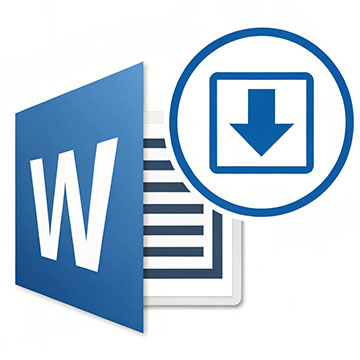Developing a Handbook on Multimedia Integration in Mathematics Teaching for Indonesian Primary School Students
DOI:
https://doi.org/10.46328/ijemst.1550Keywords:
Multimedia integration, Technology Acceptance Model, Mathematics handbookAbstract
This study has developed a digital mathematics handbook that helps students to strengthen their mathematical skills at the elementary level of education. A survey of mathematics teachers collected data. In developing an integration manual on technology based on a survey of the state of technological integration in schools, it employed a research and development (R&D) approach. A number of 24 teachers participated in the material creation. The multimedia materials produced during the trial were developed and used. Participants consisted of primary learning children. Results have shown that the trainers' preferred theory is undergraduate, and most of them have a poor capacity to integrate creativity into a research analysis. In the presentation of the under-graduates in mathematics the material produced was extremely good.
Downloads
Published
Issue
Section
License
Articles may be used for research, teaching, and private study purposes. Authors alone are responsible for the contents of their articles. The journal owns the copyright of the articles. The publisher shall not be liable for any loss, actions, claims, proceedings, demand, or costs or damages whatsoever or howsoever caused arising directly or indirectly in connection with or arising out of the use of the research material.
The author(s) of a manuscript agree that if the manuscript is accepted for publication in the journal, the published article will be copyrighted using a Creative Commons “Attribution 4.0 International” license. This license allows others to freely copy, distribute, and display the copyrighted work, and derivative works based upon it, under certain specified conditions.
Authors are responsible for obtaining written permission to include any images or artwork for which they do not hold copyright in their articles, or to adapt any such images or artwork for inclusion in their articles. The copyright holder must be made explicitly aware that the image(s) or artwork will be made freely available online as part of the article under a Creative Commons “Attribution 4.0 International” license.
This work is licensed under a Creative Commons Attribution-NonCommercial-ShareAlike 4.0 International License.




